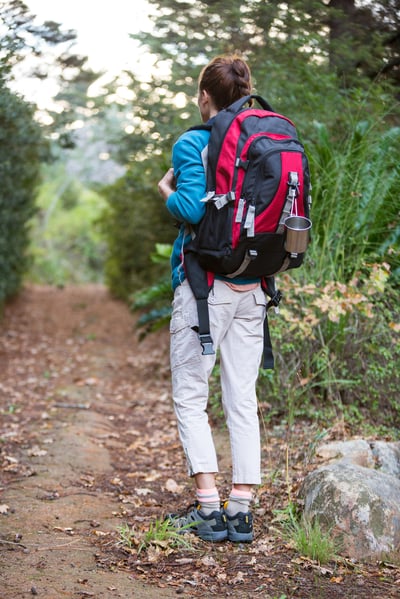HYGIENE AND PERSONAL CARE
The Basics include:
Biodegradable soap: This can ideally wash not just you, but your dishes as well. Look for a soap that is gentle and environmentally friendly.
Hand sanitizer: A convenient way to keep your hands clean and free from germs, especially when water and soap are unavailable.
Wet wipes: A useful tool for freshening up your face, hands, and other areas when you don't have access to a shower or sink.
Menstrual products: Bring an adequate supply of menstrual products, such as tampons or pads, and a small garbage bag to dispose of used products. While reusable menstrual products can reduce waste, they can be challenging to clean while camping.
Toilet paper: Bring more than you think you need and pack it in a plastic bag to stay dry.
Sunscreen and insect repellent: Sunscreen and insect repellent are important for protecting your skin from harmful UV rays and insect bites.
And, of course, make sure you're prepared for the unexpected with a few first-aid essentials such as:







